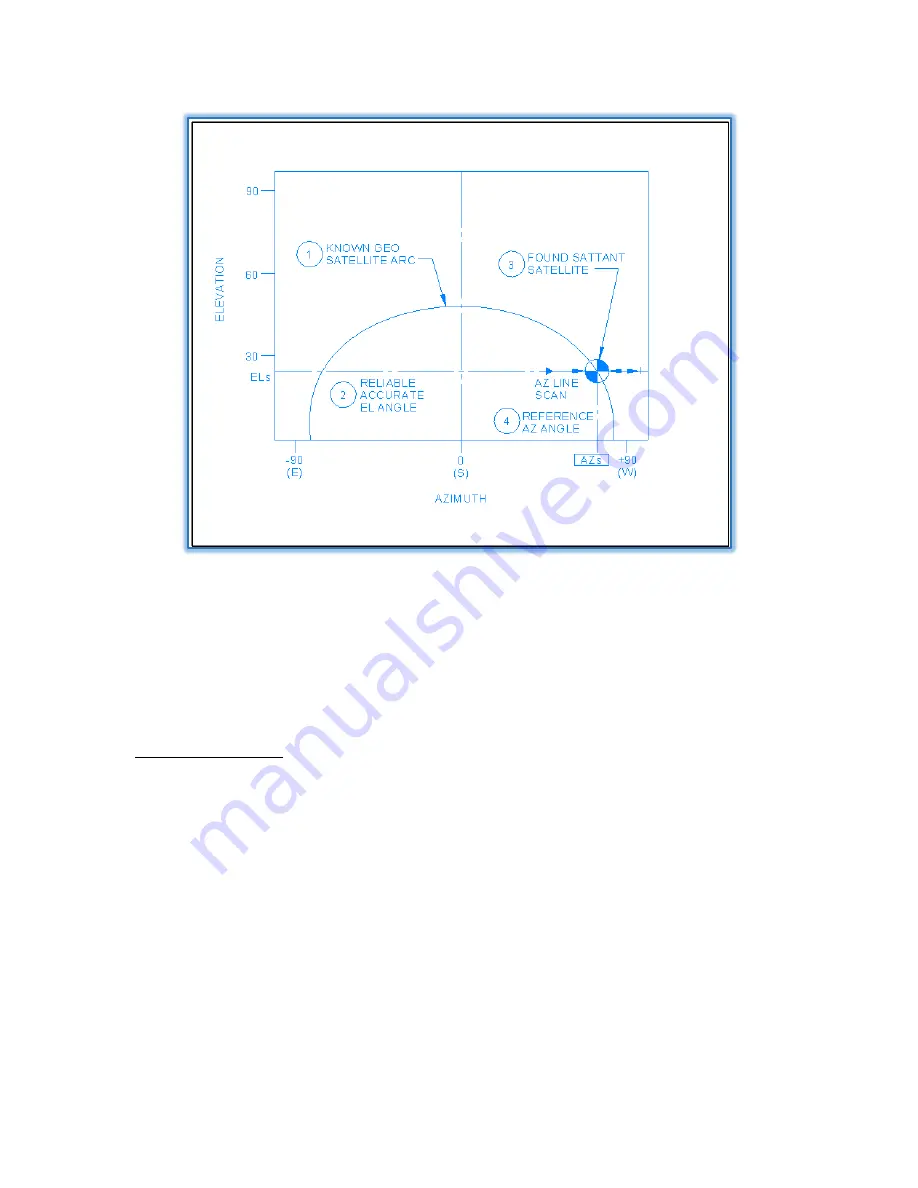
AvL Proprietary and Confidential
Content is Subject to Change without Notice
Page
157
of
195
Figure 7.4.2 – SATTANT Process
AvL’s SATTANT algorithm takes several factors into consideration when it selects the elevation angle for
its satellite acquisition scan and the east / west intercept point. Every effort is made to insure that a
reliable heading update is made at the end of this process.
It should be emphasized here that the SATTANT process used to improve your heading accuracy is a
mathematical process as opposed to the Reference satellite method which takes advantage of
knowledge of location and or carrier information to provide more reliable data for acquisition.
7.4.3 Reference satellite function
Reference satellites are generally of two types. Those of the first “Direct Broadcast” type have
broad, high power carriers in the high band section of their transmitted signal. Once found, these
carriers can be used to fine tune the heading of the antenna to a considerable degree, while
reducing any error in the Target acquisition process. The spacing of these satellites (in CONUS)
makes it very unlikely that an adjacent satellite will be acquired. DBS type satellites are often used
as their high carrier power simplifies acquisition in poor weather conditions as well.
















































